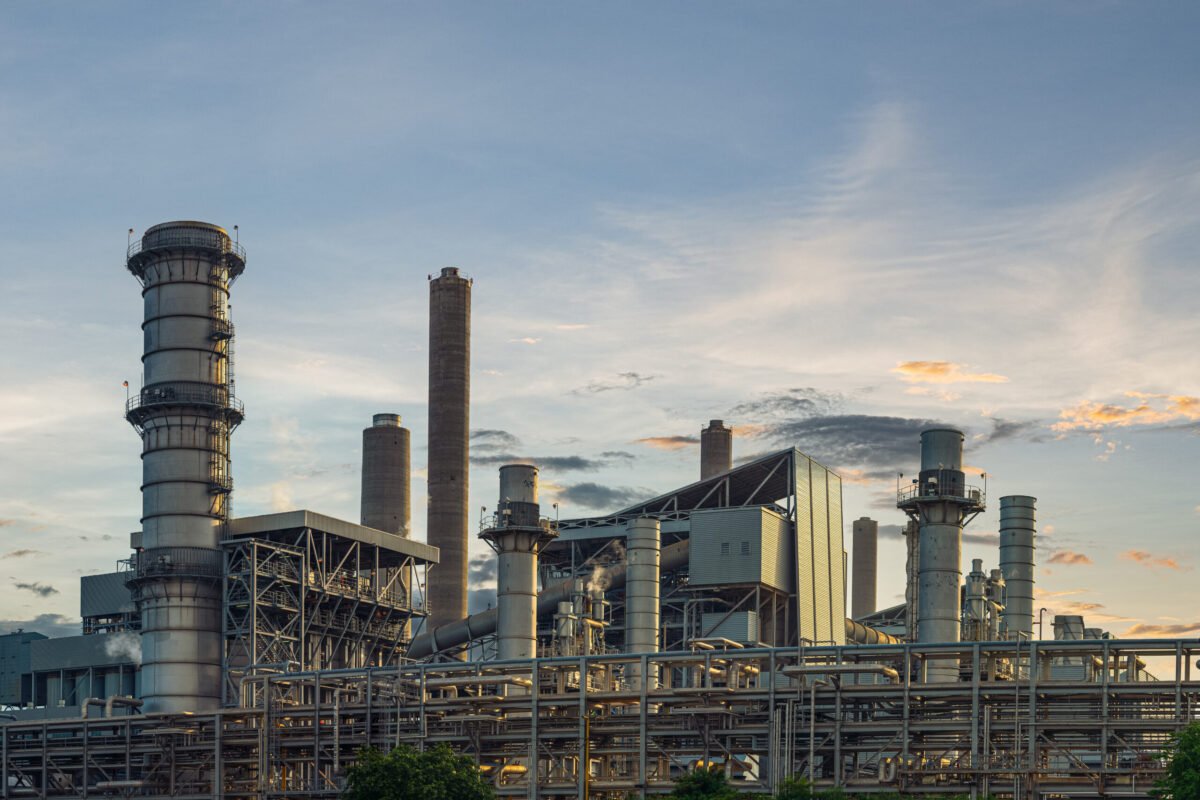
Booming Demand, But Uneven Access
Solar adoption in Pakistan is soaring. From just 4% in 2021, solar now accounts for over 14% of national electricity by 2024, propelled largely by wealthier households and businesses leveraging rooftop solar solutions Reuters. Thanks to cost-effective Chinese panels and improved net-metering policies, installations have surged VoxProfit by Pakistan TodayREGlobal.
But this boom is uneven. Many middle-class and urban residents—especially those in apartments—are left behind due to space limitations, high upfront costs, and shared-roof challenges Reuters.
Financing Solar: Banks, Guarantees & Blended Instruments
Multiple banks offer solar financing:
- Allied Bank provides loans up to PKR 3 million with flexible repayment terms, leveraging the State Bank’s renewable refinancing scheme .
- Bank of Punjab (BOP) similarly supports solar projects up to PKR 5 million with a low KIROR + 3.5% per annum profit rate .
In the commercial sector, Shams Power closed a PKR 2 billion financing deal backed by Bank Alfalah and a 75% credit guarantee from GuarantCo, enabling distributed solar projects across commercial and industrial sectors shams-power.comGuarantCo.
The Green Climate Fund and Asian Development Bank are also involved in blended finance models—offering concessional loans, guarantees, and technical support, especially for rooftop solar and battery storage adoption World Economic Forum.
Power Purchase Agreements: A Double-Edged Sword
While PPAs can de-risk solar investments, their long terms (often 25 years) and foreign-currency linkage create fiscal rigidity and sustainability risks IEEFAInternational Growth Centre. IEEFA recommends shorter PPA durations (10–15 years) and rupee-denominated contracts to improve flexibility, even if tariffs slightly increase International Growth CentreIEEFA.
Moreover, renegotiating existing PPAs—often without stakeholder buy-in has alarmed development funders. Institutions like IFC and ADB warn that such actions risk damaging long-term investor confidence Financial TimesReuters.
Policy Volatility Threatens Momentum
Net-metering incentives helped fuel rapid rooftop solar growth—from ~300 MW in 2021 to over 2,800 MW by FY25 (covering ~280,000 households) Profit by Pakistan Today. But proposed reforms—like slashing buyback rates from Rs 27 to Rs 10 and shifting to net billing—could slow adoption and hurt payback periods Financial TimesREGlobalProfit by Pakistan Today.
Furthermore, a failed international bidding round for a 600 MW solar plant at Muzaffargarh shows that political uncertainty, circular debt, and poor macroeconomic conditions can deter investors Dawn.
Path Forward: Smarter, Inclusive Solar Financing
To ensure a sustainable solar future, Pakistan needs:
- Inclusive financing for less-served groups via blended loans, guarantees, and technical support targeting apartments and middle-income households World Economic Forum.
- PPA reform, shifting to shorter duration, flexible, and rupee-based contracts IEEFAInternational Growth Centre.
- Stable, transparent policy frameworks with graduated net-metering reforms, grid upgrades, and stakeholder engagement Profit by Pakistan TodayFinancial TimesReuters.
- System modernization, including grid digitization and transmission upgrades to handle rising distributed generation International Growth CentreWorld Economic Forum.
- Support for distributed solar + storage solutions to ease grid stress and improve energy access World Economic Forum.
In Summary
Pakistan’s solar transition is progressing, driven by rooftop installations, supportive financing, and increasing PPAs. Yet structural obstacles policy volatility, exclusion of middle segments, rigid long-term contracts, and grid limitations, threaten this growth.
By embracing inclusive financial mechanisms, revising PPA models, investing in infrastructure, and assuring policy clarity, Pakistan can make solar energy more accessible, equitable, and sustainable for all its citizens.
